Safety evaluation
For safety tests, we perform tests for substances harmful to the human body, including substances regulated by law such as certain aromatic amines, formaldehyde etc.
Safety
In 1992, the use of certain aromatic amines which is produced by reductive decomposition and causes cancer was prohibited by OEKO-TEX® Standard 100. After that Germany in 1994, then EU and in the recent years China and Korea have also been regulated by law.
In Japan, the control of certain aromatic amines is progressed by Ministry of Health, Labour and Welfare and has been implemented starting April 1, 2016.
Test Items
- Certain aromatic amines
- Formaldehyde
- Heavy metals
- pH
- Pesticides
- Phenols
- Phthalate
- Organotin compound
- Allergenic dyes
- Chlorinated benzenes / toluenes
-
PAH –
Polycyclic Aromatic Hydrocarbon -
VOC –
Volatile Organic Compound
After April 2016, selling products with the usage of more than 30mg/kg of the specified 24 kinds of certain aromatic amines in Japan has been prohibited.
Certain aromatic amines
Products subject to regulation
In 1992, the use of certain aromatic amines which is produced by reductive decomposition and causes cancer was prohibited by OEKO-TEX® Standard 100. After that Germany in 1994, then EU and in the recent years China and Korea have also been regulated by law.
In Japan, the control of certain aromatic amines is progressed by Ministry of Health, Labour and Welfare and has been implemented starting April 1, 2016.
Textile products
- diaper
- diaper cover
- underwear
- night clothes
- gloves
- socks
- innerwear
- outerwear
- hat
- bedding
- floor covering
- tablecloth
- neck accessories
- handkerchief
- towel
- bathmat, relevant products
Leather products (including leather-fur products)
- underwear
- gloves
- innerwear
- outerwear
- hat
- floor covering
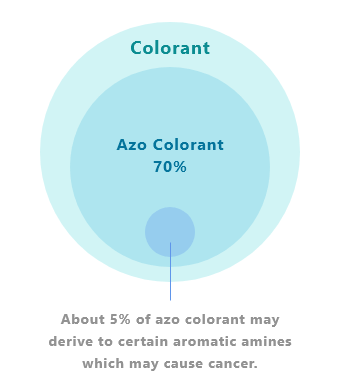
Certain aromatic amines
It refers to something that can change to a component that causes carcinogenicity among the dyes used in textiles etc. It is said that among all colorants (dye/pigments), azo dyes (having an azo group (-N=N-) are about %70. Among these, some are reductively degraded by enzymes in the body, etc., and form aromatic amines by changing their forms. Carcinogenicity is recognized among the aromatic amines, and they call the 24 kinds of substance "Certain aromatic amines".
| No. | CAS.No. | Name | No. | CAS.No. | Name |
|---|---|---|---|---|---|
| 1 | 92-67-1 | 4-Aminobiphenyl | 13 | 838-88-0 | 3,3′-Dimethyl-4,4′-diaminodiphenylmethane |
| 2 | 92-87-5 | Benzidine | 14 | 120-71-8 | p-Cresidine |
| 3 | 95-69-2 | 4-Chloro-o-toluidine | 15 | 101-14-4 | 4,4′-Methylene-bis-(2-chloroaniline) |
| 4 | 91-59-8 | 2-Naphthylamine | 16 | 101-80-4 | 4,4′-Oxydianiline |
| 5 | 97-56-3 | o-Aminoazotoluene | 17 | 139-65-1 | 4,4′-Thiodianiline |
| 6 | 99-55-8 | 2-Amino-4-nitrotoluene | 18 | 95-53-4 | o-Toluidine |
| 7 | 106-47-8 | p-Chloroaniline | 19 | 95-80-7 | 2,4-Toluylenediamine |
| 8 | 615-05-4 | 2,4-Diaminoanisole | 20 | 137-17-7 | 2,4,5-Trimethylaniline |
| 9 | 101-77-9 | 4,4′-Diaminodiphenylmethane | 21 | 90-04-0 | o-Anisidine |
| 10 | 91-94-1 | 3,3′-Dichlorobenzidine | 22 | 90-04-0 | 2,4-Xylidine |
| 11 | 119-90-4 | 3,3′-Dimethoxybenzidine | 23 | 87-62-7 | 2,6-Xylidine |
| 12 | 119-93-7 | 3,3′-Dimethylbenzidine | 24 | 60-09-3 | 4-Aminoazobenzene |
No.5 – 24: substances confirmed causing carcinogens by animal experiment
Test Flow
1. Reception: confirm testing part and material (Especially whether disperse dyes are used or not.)
2. Analysis(In a case of JIs L 1940-1, -3)

※ex. Reductive Celavage

How to apply
| Required sample | Approximately 10g is needed for each color. |
|---|---|
| Testing fee | For detailed information, please contact our local laboratories. We make a quotation according to the type and quantity of your material. |
| Delivery date |
Generally, 5 business days. *As express delivery, correspondence from 2 business days is possible. Please inquire with our local laboratories. |
Formaldehyde

Formaldehyde is a harmful substance that is said to be one of the causative substances for "sick-house syndrome". In textile products, test methods and reference values are determined by "Act on Regulation of Household Products Containing Hazardous Substances" (Ministry of Health and Welfare Ordinance No. 34)
The purpose of formaldehyde is generally used in textile products to prevent wrinkle and shrinkage. Formaldehyde scatters in air; therefore, although it may not be used in that product, if it is manufactured on the same line or stored in the same place as a product that contains formaldehyde it is possible that formaldehyde may migrate. In addition, it is also contained in adhesives used for building material, wallpaper, furniture etc. which can cause migration as well. For this reason, it is necessary to be careful about the environment of the sewing process, sealing and storage etc.
It is necessary for formaldehyde to pass the standard value with all the materials; therefore, it is necessary to conduct tests for each material (parts).
Heavy metals
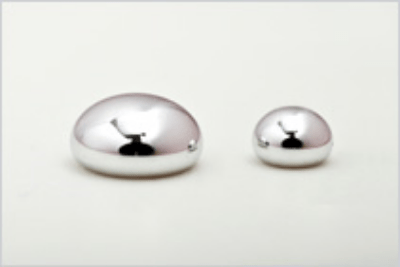
In heavy metals by skin contact (dissolution by perspiration) and oral contact (swallowing) there are things that adversely affect the human body.
As a test corresponding to these, there is "Elution heavy metal analysis" which measures the amount of dissolution when immersed in a certain solvent and "Heavy metal analysis" which measures the amount of heavy metals contained in the sample. The category of heavy metals tested by Nissenken is summarized as followings.
Dissolution
| Standard | Dissolution | Main object | Subject to regulations |
|---|---|---|---|
|
OEKO-TEX® Standard 100 (10 kinds, 9 elements) |
Artificial sweat solution | Textile | Antimony, arsenic, lead, cadmium and mercury chromium (trivalent and hexavalent), cobalt, copper, and nickel |
| EN-71 part 3 (8 elements) | Hydrochloric acid solution (assuming gastric acid) | Toys | Antimony, arsenic, barium, cadmium, chromium, lead, mercury, and selenium |
Containing
| Standard | Main object | Subject to regulations |
|---|---|---|
| OEKO-TEX® Standard 100 | Metal accessories | Lead and cadmium |
|
CPSIA (The Consumer Product Safety Improvement Act of United States) |
Toys and metal accessories | Lead |
| End-of Life Vehicles Directive | Vehicle related products | Lead, mercury, cadmium, and hexavalent chromium |
|
RoHS (Restriction of the Use of Certain Hazardous Substances in Electrical and Electronic Equipment) |
Electronic and electrical equipment | Lead, mercury, cadmium, and hexavalent chromium |
Test Flow



*AAS: Atomic absorption spectrophotometer
*ICP: Inductively coupled plasma emission spectrometer
*XRF: X-ray fluorescence analyzer
Testing machines
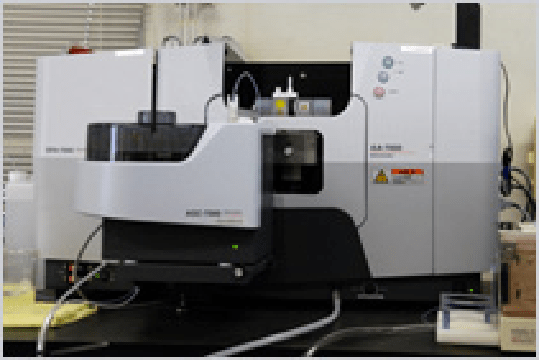
Atomic absorption spectrophotometer
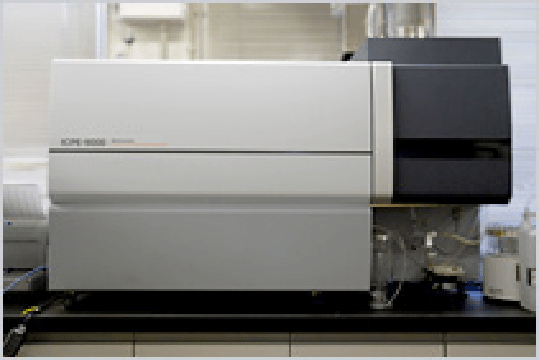
Inductively coupled plasma emission spectrometer
OEKO-TEX®
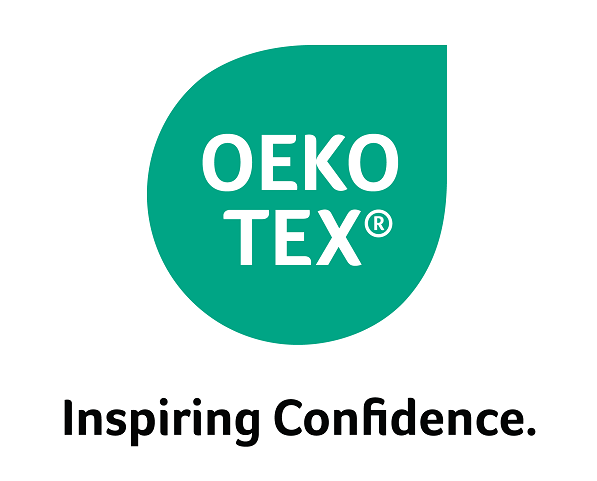
OEKO-TEX® Business Dept.
4-2-8, Tateishi, Katsushika-ku, Tokyo, 124-0012 JAPAN
TEL : +81-3-5875-6055
FAX : +81-3-5875-6331
E-mail:oeko-tex@nissenken.or.jp
QCS – Quality Consulting Service
Nissenken will point out problems with product quality in advance and propose improvements to avoid claims and raise consumer satisfaction.

Quality check and advice
Provides advice for improving product quality including checking materials, specifications, and appearance before the products are sold. QCS also proposes developing a management system related to administration (product quality, production, and inspection).
Also undertakes supporting the revision of quality standards.
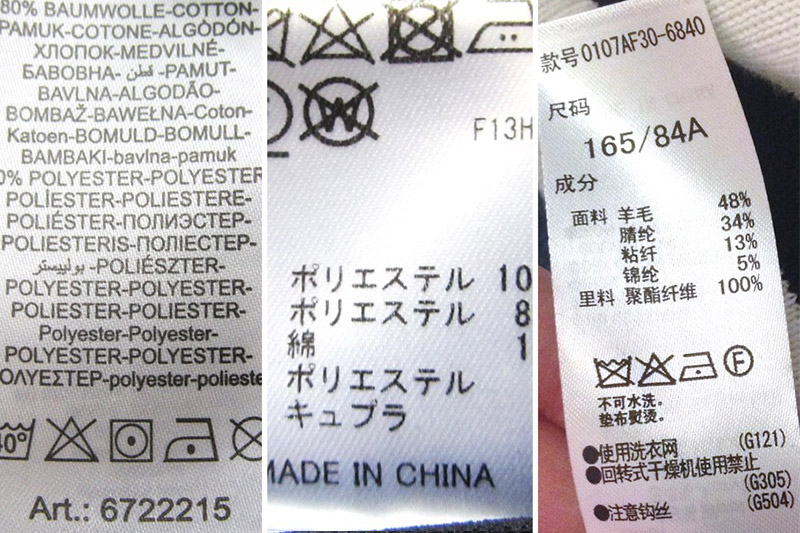
Advice on care label
Provides advice on specifications of care label based on test results. This service is available in Japanese, Chinese, and English.

Advice for modification and improvement
Offers follow-up services to investigate the cause when an issue is pointed put to the product, suggest corrections/improvements, and introduce the corresponding companies etc.
Seminars and staff training
Seminars cover quality management, action for regulations, and latest information in the apparel and textile industry.
Contact Us
Inquiries about services
![]()
For inquiries about testing services.
Inquiries for OEKO-TEX®
![]()
For inquiries about OEKO-TEX® certificate.
Downloads
![]()
For more information, please download the documents about our testing services.
FAQ
![]()
For the frequently asked questions.
Inquiry by phone
Inquiries about tests, laws and standards etc.
General affairs・Management divisions
Business hours 9:00~17:00
(Mon. – Fri. except national holidays)
